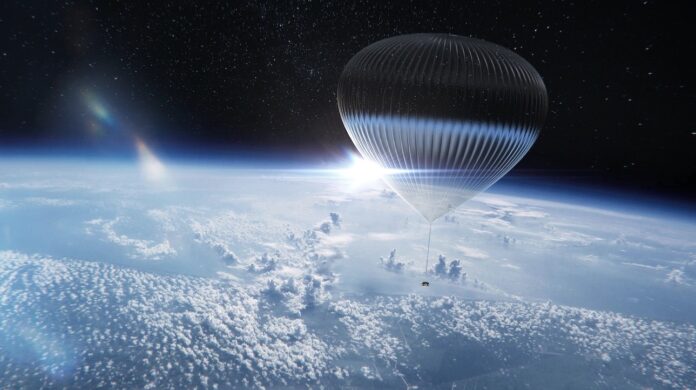
The Chinese balloon floating 60,000 feet over the United States has been described by Secretary of State Antony Blinken as a “surveillance asset.” China’s foreign ministry released a statement saying it’s a weather balloon. Experts in national security and aerospace said the craft appears to share characteristics with high-altitude balloons used by developed countries around the world for weather forecasting, telecommunications and scientific research.
If the Chinese balloon over the United States is in fact a spy balloon, James Lewis, director of the Strategic Technologies Program at the Center for Strategic and International Studies, said there might also be cameras or telecommunications equipment potentially capable of relaying information back to other nations. But it’s difficult to tell exactly what the balloon is being used for without getting a hold of the device itself.
“If you really wanted to know what it was, you’d shoot it down,” Lewis said. “You’d get the sensor package and you’d see – does it collect intelligence? Does it collect weather data?”
Defense officials said they have been tracking the balloon “for some time.” President Biden was briefed about it on Tuesday. Montana residents reported seeing it from the ground on Thursday. Residents in Missouri posted social media photos and videos on Friday that appeared to show the aircraft.
The balloon is expected to continue its wavering path across the U.S. mainland for the next few days and posed no serious physical or intelligence threat, according to the Pentagon.
U.S. military leaders said they advised against shooting it down because they worried about civilians getting injured by debris.
It’s not clear what the balloon is using to maneuver through the stratosphere. Some high-altitude balloons are carried by the current, while others may use a semiautonomous navigation system to set their course. In some cases, they navigate by finding a wind current heading in the intended direction and lock into it by moving up or down in the air.
The Thunderhead balloon, for instance, made by the aerospace and defense contractor Aerostar for stratospheric missions, can search independently for optimal wind conditions, according to Russ Van Der Werff, an executive at the company who specializes in high-altitude vehicles.
“It’s got some ability to make some decision on its own,” he said. “It knows kind of where it’s trying to get to. And it’s got sort of a limited power budget to do some searching around.”
When these types of balloons finish their flights, their sensor package detaches and parachutes back down to earth, where it’s picked up for analysis. In some cases, an aircraft can collect it while the balloon is still in the sky.
In a briefing Thursday, a senior defense official declined to discuss what the Pentagon knows about the technology aboard the Chinese balloon, but said the payload wouldn’t offer much in the way of surveillance that China couldn’t collect through spy satellites.
“I wouldn’t characterize it as revolutionary,” the official said.
(c) 2023, The Washington Post · Derek Hawkins, William Neff, Dylan Moriarty











